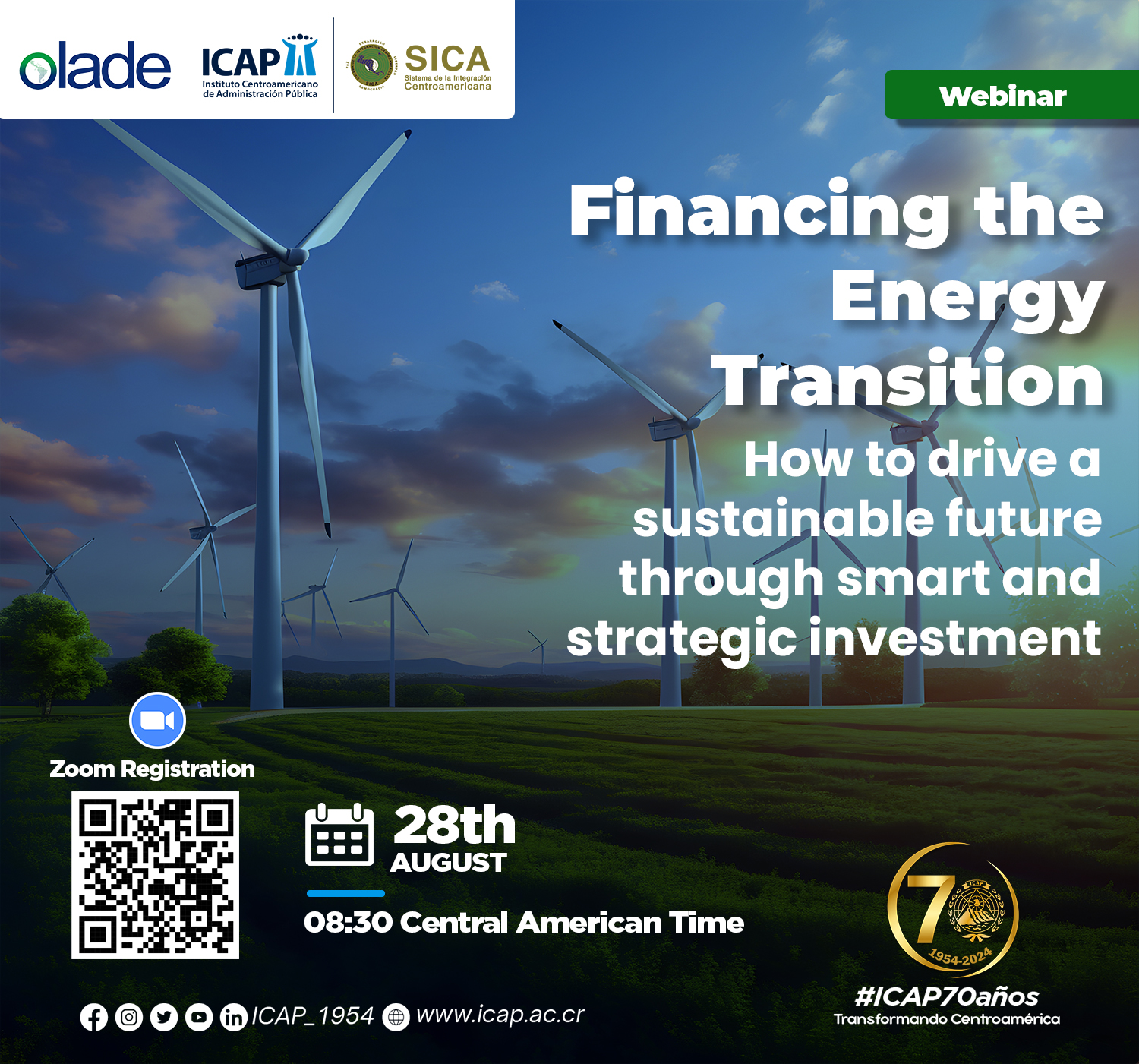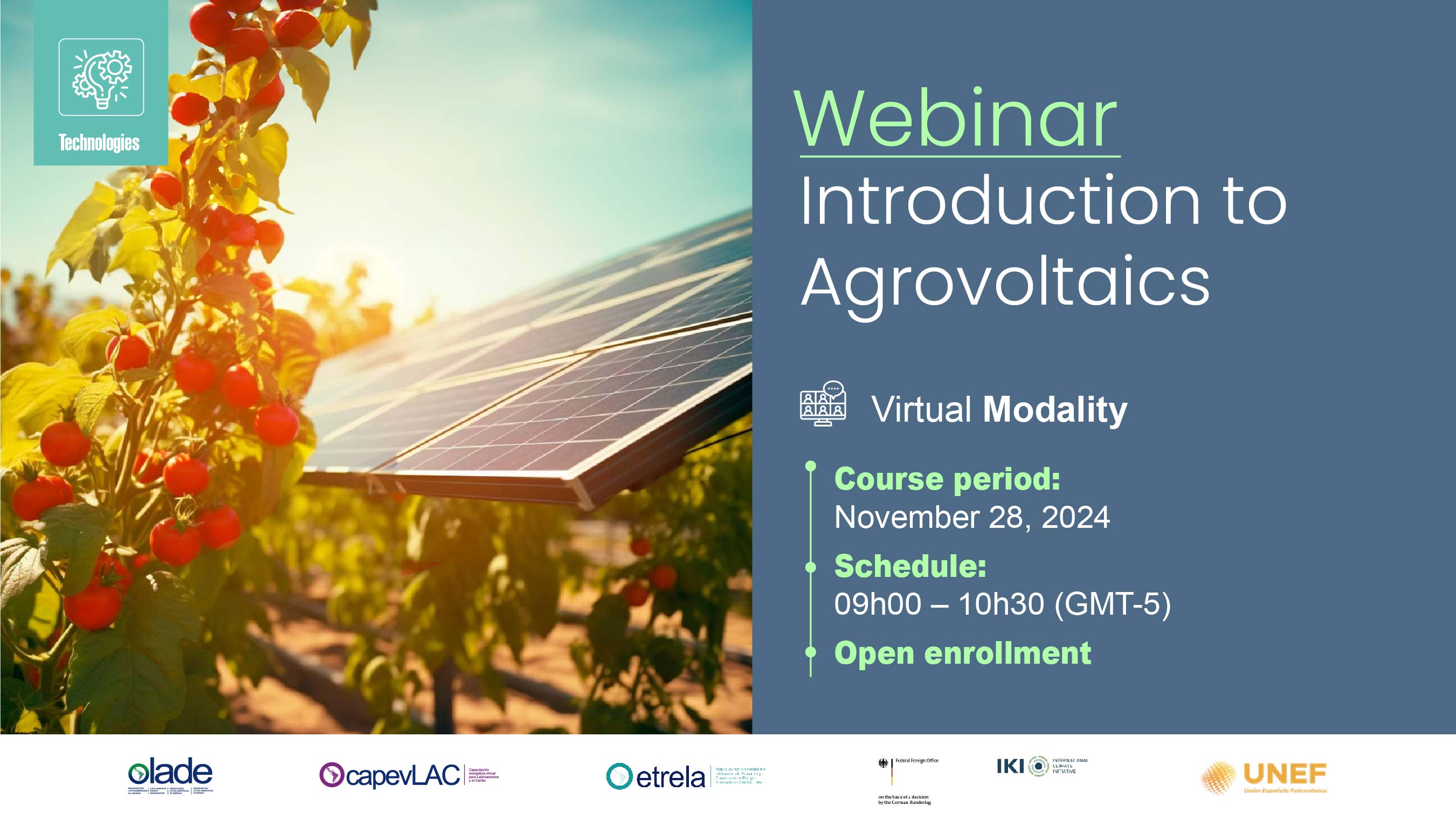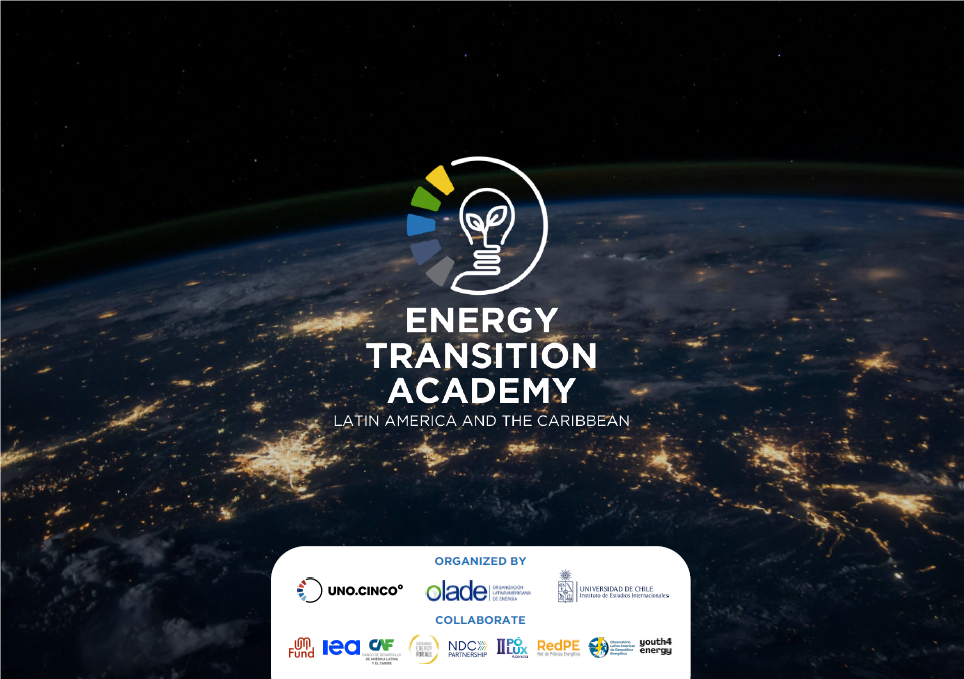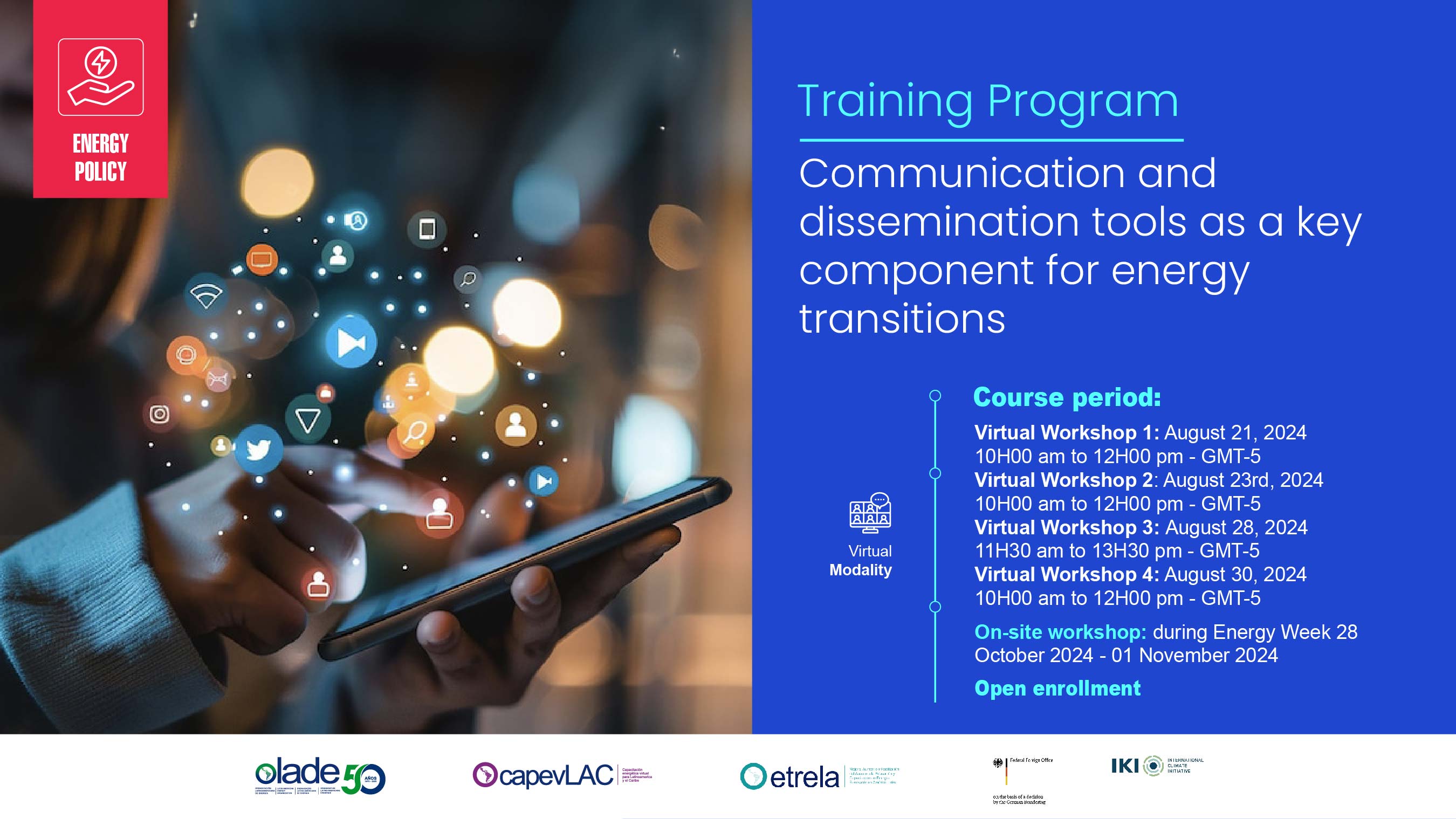- Introduction
In the contemporary world, the term “green finance” has become ubiquitous in discussions about how to address the challenges of climate change and promote more sustainable development. With growing awareness of the environmental and social impacts associated with human activities, the need to invest in projects that mitigate these adverse effects has become urgent. In this context, green financing is presented as a powerful tool to channel financial resources towards initiatives that seek to promote a more sustainable future.
The energy sector plays a central role in this transition to a greener and more resilient economic model. Energy generation and consumption are responsible for a large part of the greenhouse gas emissions that drive climate change. Therefore, promoting the development of renewable energy sources, improving energy efficiency and reducing dependence on fossil fuels are priority objectives for many governments, companies and institutions around the world.
In addition, the necessary investments to move towards a just energy transition must lead to affordable and accessible energy for ever wider groups of the population. That underscores the role that financing plays in reducing investment costs, as well as social considerations and the pursuit of efficiency in its implementation. Sustainable investments are also an opportunity to boost economic growth, employment and production competitiveness.
In this context, green financing becomes a key catalyst to accelerate the adoption of inclusive sustainable energy solutions. This type of funding specifically targets projects that have positive environmental benefits, such as reducing carbon emissions, conserving natural resources, and promoting socially responsible business practices. By mobilizing capital towards these initiatives, green financing not only seeks to generate financial returns, but also to contribute to the well-being of communities and the balance of the global ecosystem.
For this course, the Latin American Energy Organization – OLADE – and the Central American Institute of Public Administration – ICAP – join forces in order to address an issue that is at the center of the energy transition to which the region aspires. It will explore in detail the various sources of financing available and structuring of operations for energy transitions. From government funds to private investment mechanisms, we will discuss how to access these financial resources and what steps to take to develop successful projects in the field of green energy. In addition, it will examine real case studies illustrating best practices and lessons learned in the implementation of sustainable projects. Ultimately, the goal is to empower participants to become agents of change in the transition to a more sustainable, resilient, and energy-inclusive future.
- Presentation of the Study Plan
The training will be carried out over a period of about two (2) weeks, based on the study of materials, directed readings, and the performance of practical exercises.
The course consists of a series of six (6) modules, specifically:
- Introduction to Green Finance
- Definition and key concepts.
- Importance of green financing for sustainable energy development.
- Taxonomy of sustainable finance, principles and best practices.
- Funding Sources
- Government funds
- International Financial Institutions.
- Sustainable investment funds.
- Market-based financing mechanisms.
- Mechanisms for Access to Funds
- Eligibility requirements and criteria.
- Application procedures.
- Risk and return assessment.
- Development of Sustainable Projects
- Identification of green financing opportunities.
- Design and formulation of projects.
- Management, evaluation and monitoring of funded projects.
- Case Studies
- Practical examples of successfully funded projects.
- Lessons learned and best practices
- Future perspectives.
- Trends in green financing.
- Challenges and opportunities in today’s landscape.
- General objective of the Study Plan
The aim of this course is to provide participants with the knowledge and tools needed to understand the different sources of green finance available for sustainable energy development projects, the mechanisms to access these funds, and successful implementation experiences. At the end of the course, participants will be trained to identify funding opportunities, develop sustainable projects and effectively manage financial resources.
- Study plan learning outcomes
Upon completion of this course, participants will be able to:
- Identify and analyze different sources of financing for available energy transitions.
- Understand the requirements and eligibility criteria to access this type of funds.
- Apply access to funds mechanisms to develop sustainable energy projects and for energy transitions.
- Assess and manage the risks associated with financing energy transitions.
- Develop sustainable projects and effectively manage available financial resources.
- Understand the taxonomy of sustainable finance, its guiding principles and international best practices.
- Participant profile
Professionals and decision-makers in the energy sector, as well as consultants, researchers and government officials interested in the development of sustainable energy projects. Participants are expected to have a basic understanding of concepts related to finance and sustainability, as well as a genuine interest in promoting responsible financial practices and projects that contribute to sustainable development.
6. Study Plan Intensity
The study plan will have the following workload:
| Session | TOPICS | WORKLOAD |
| Session 1: Basic principles and definitions of renewable technologies and green financing | Basic principles and definitions of renewable technologies |
2 HOURS |
| Definition and key concepts of green financing. | ||
| Importance of green financing for sustainable energy development. | 2 HOURS | |
| Taxonomy of sustainable finance, principles and best practices. | ||
| Session 2: Funding Sources and Fund Access Mechanisms | Government funds | 2 HOURS |
| International Financial Institutions. | ||
| Sustainable investment funds. | ||
| Market-based financing mechanisms. | ||
| Eligibility requirements and criteria. | 2 HOURS | |
| Application procedures. | ||
| Risk and return assessment. | ||
| Session 3: Sustainable Project Development | Identification of green financing opportunities. | 2 HOURS |
| Design and formulation of projects. | 2 HOURS | |
| Management and monitoring of funded projects. | ||
| Session 4: Case of Studies and Future Perspectives | Practical examples of successfully funded projects. | 2 HOURS |
| Lessons learned and best practices | ||
| Trends in green financing. | 2 HOURS | |
| Challenges and opportunities in today’s landscape. | ||
| Total | 16 hours | |
Course Features
- Lecture 0
- Quiz 0
- Duration 10 weeks
- Skill level All levels
- Language Spanish
- Students 2
- Certificate No
- Assessments Yes






